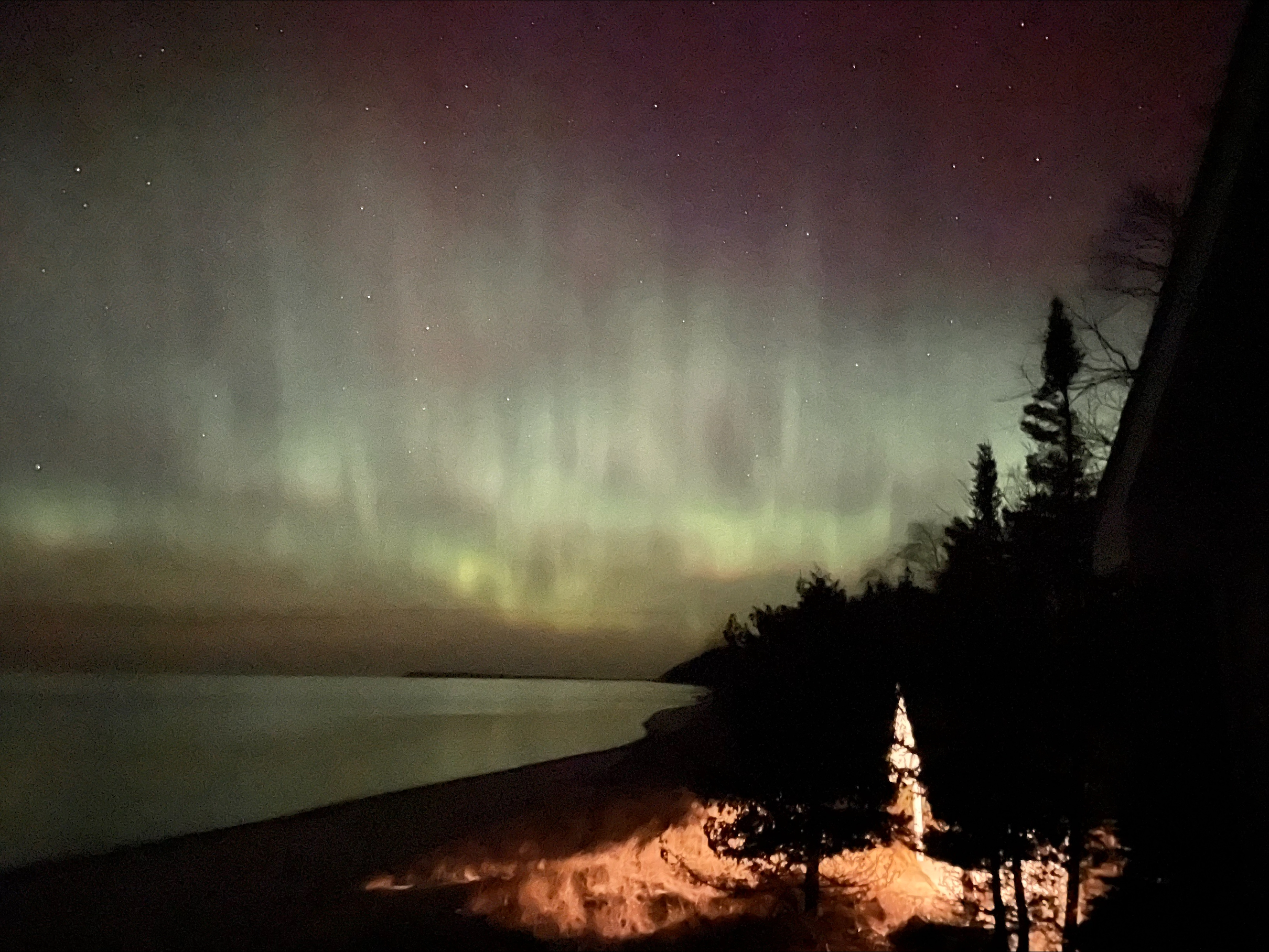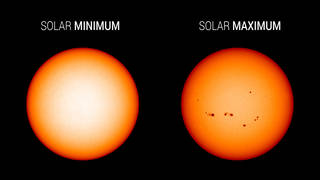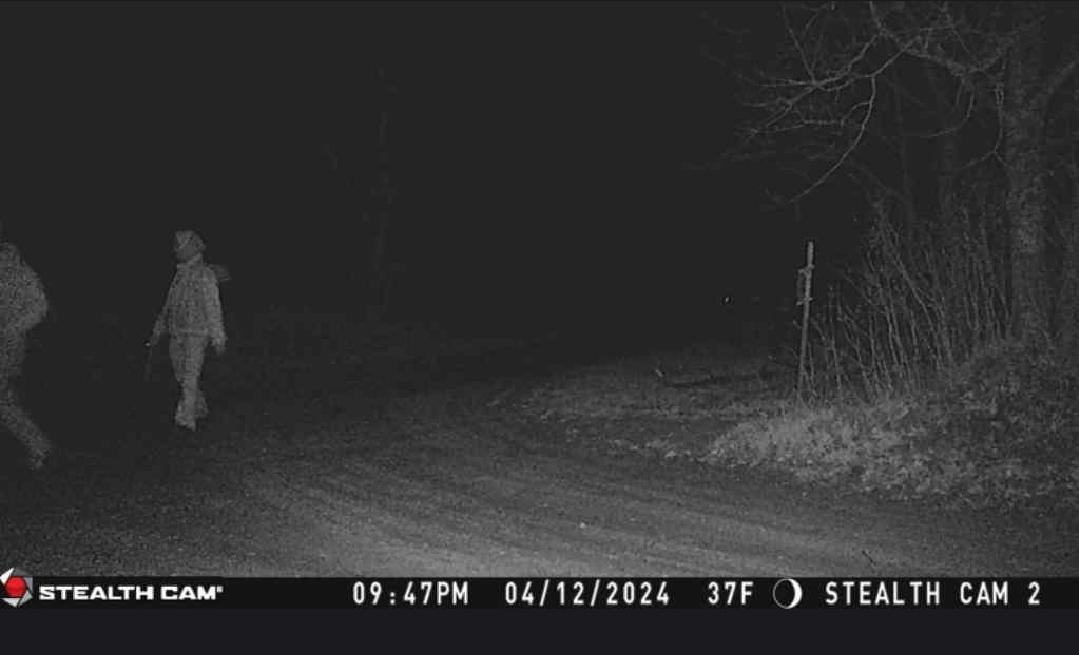There is no doubt that the sun is a critical part of our daily lives by providing light and heat to us from 94.3 million miles away. It helps our bodies function and our plants grow. But the sun has a cycle and is constantly changing!
To understand how northern lights can be predicted, we first have to understand the sun and its relationship with the Earth. One of the less well-known facts about the sun is that it has a cycle of about 11 years. These cycles start with calm solar conditions on the sun. As the cycle continues, the sun becomes more active or stormy. The cycle ends with the sun’s magnetic poles flipping and restarts the cycle.
Sunspots on the sun viewed by telescopes are areas of cooler surface temperature on the sun, as a result of its clustered magnetic field lines. More sunspots is also an indicator that there will be an increased number of solar flares and coronal mass ejections (CMEs) - solar flares eject energy into space, while CMEs eject solar particles into space. These things determine the storminess of the sun.
It is during the sun’s stormy conditions we see the most impacts to Earth. Energy from solar flares and CMEs can reach the Earth within hours to days.
Finally we get to the part of what that has to do with the northern lights! CMEs are responsible for one of the more fascinating impacts the sun has on the Earth: the aurora borealis, aka the northern lights. This phenomenon happens thanks to Earth’s magnetic field.
The Earth’s magnetic field tends to repel materials from the solar system such as the particles emitted by a CME. However, with enough energy, particles can cause the barrier to be broken. The result is a major reaction of Earth’s magnetic field and uppermost atmosphere, enhancing the northern lights. During these stronger CMEs, the aurora is pushed well south of the Arctic Circle, thus, making it more visible around the Earth.
So as scientists and space hobbyists monitor the activity of the sun, they can predict that the northern lights may be visible. Even with the knowledge that a CME is heading towards Earth, it can still be tricky to guarantee there will be a light show in the north. Despite using several models and indices to measure levels of solar material interacting with the Earth’s magnetic field, certain conditions don’t get met.
Conditions can look promising but can change quickly. Long-term outlooks (several days in advance) for northern lights can be unreliable for this reason. Sometimes, conditions are met with very short notice, and sometimes the peak interaction is during our daylight hours, and leaves no chance to see the lights.
Right now, the sun is in its 25th solar cycle, which began in December 2019. This means it is increasing its activity for the 25th time since records of cycles began in 1755. This means the odds of seeing the northern lights are going up as we go longer into it’s cycle.
If you do plan on heading outside to see the northern lights here in Michigan, make sure to go away from any light pollution from buildings and street lights. Let your eyes adjust to the dark for a good 5-15 minutes. The aurora can be seen over 600 miles away when the conditions are right. The best time to see them in our region is in late summer through late spring.
Fun fact: The Southern Hemisphere also experiences the aurora, and it is called the aurora australis, or southern lights.
© 2023 - 910 Media Group





